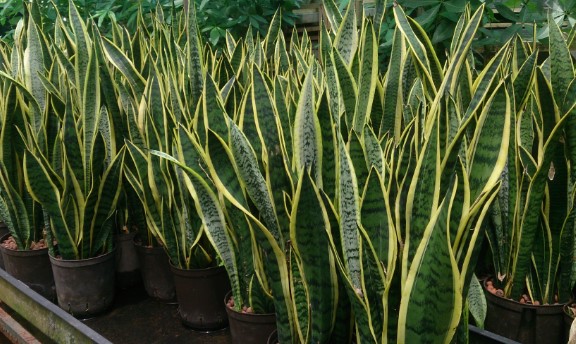In this article, I’ll show you how to care for your Sansevieria and share a few techniques and ideas for making them more beautiful for years to come.
Sansevieria are not really houseplants at all. They do belong in a landscape, but they can also live quite happily in your home. They need light, medium and heat, but not too much.
They prefer to be in full sun, but they do tolerates indirect light through a light fixture. They don’t mind being moved around, though having them on your living room (which they would like very much) might be instructive. Keep in mind, though, they need no water once established. The best time to water them is in the spring when the soil has warmed up. Water sparingly when the soil is dry.

Like most Succulent plants (https://www.sobnerastline.si/tascin-jezik/), Sansevierias require a bit of extra care once they’ve attained their adult size. Once they reach ten feet (three meters) in height, they can start to show their white caps. Careful inspection will reveal an irregular pattern on the surface of the plant called a central scar. This cap may or may not remain permanently attached to the stem and will develop dark circles when the plant is in bloom. It can, however, be trimmed back if needed.
Fertilizing your Sansevieria plant may be necessary in the future. Start with a top dressing followed by a monthly watering. You may see the stalk eventually turn green in the fall, but this isn’t necessarily a bad sign. Although leaves the size of a thumb small can appear all at once, so long as the plant is growing in compliance with required calcium and sulfur supplements regularly, you shouldn’t have to worry about any gastrointestinal distress.
There’s one final important consideration for the care of Sansevierias. Over-watering them can put them at risk for both root rot and leaf drop. So be sure to water them regularly, always in the spring, summer and fall.
The basic care of a Sansevieria is fairly simple, but it’s also quite low maintenance. The best way to do this is to simply buy a couple of these beauties and let nature take its course. They thrive in partial shade and require very little attention once established. Your collection can last for decades, especially if you do your part to provide them with the light and space they require. Sansevierias can be intermittent growers. The one on our shelf, for example, requires only watering about once or twice a month.
If you don’t have a garden, consider growing some on your balcony. You can easily mist the plant before Winter (much like a fiddlehead) to make sure it’s not getting too wet. Keep the sunlight on your pink beauty and let it grow a few feet tall and the fronds blossom into beautiful beautiful corsages.
Keep this hardy hybrid under constant care. Water if it gets too dry. Also, make sure the soil you use is not too compact or heavy or the roots may fracture. It doesn’t need to be misted often, even once a week or month is fine to grow a mass of beautiful greenery. This plant can last up to 40 years indoors and only about 10 years outdoors. So if giving it a chance is a deal breaker for you, maybe plant it outside instead.